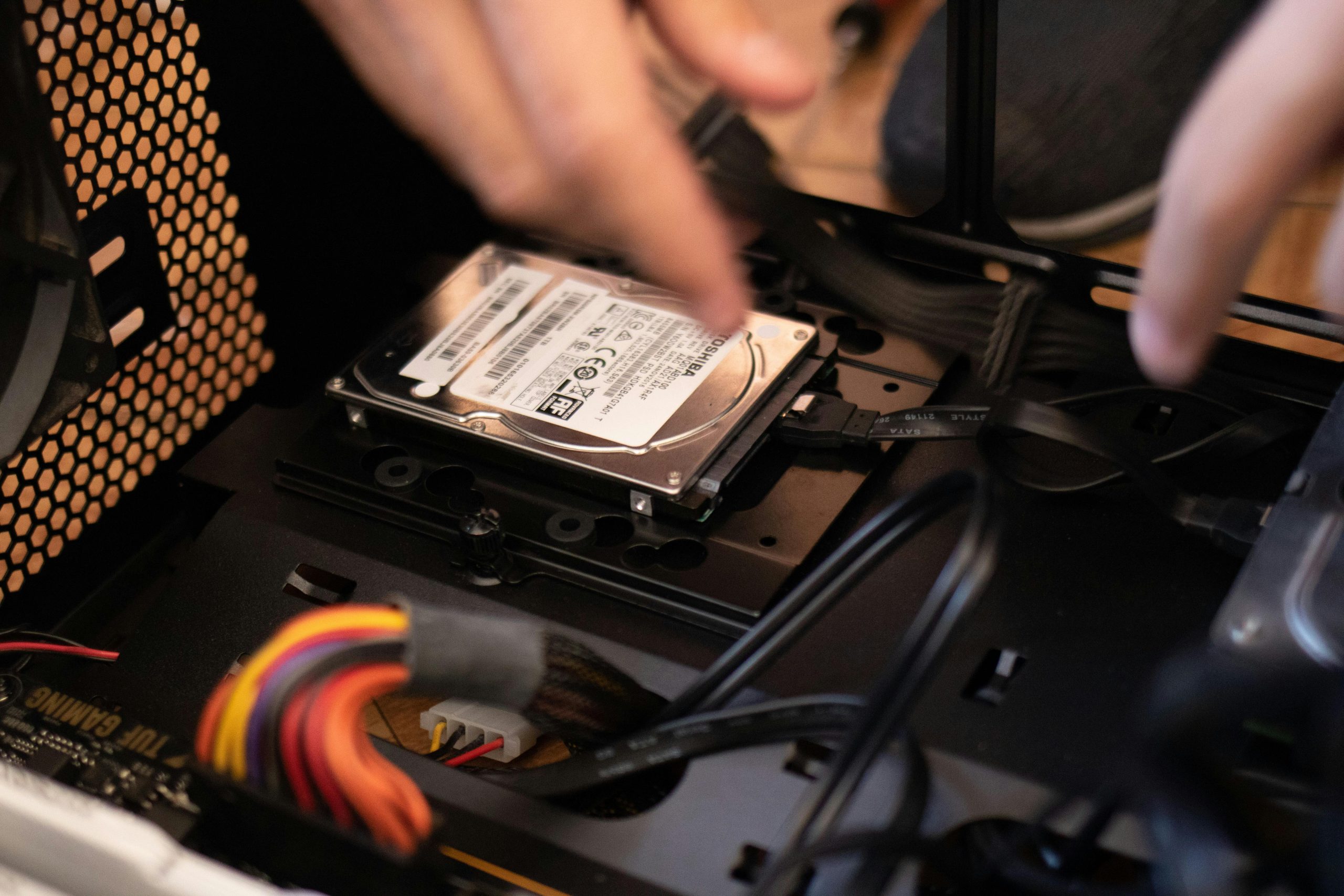Unusual Alert: Sex Toy Prone to Malware Infection
In a surprising twist, a sex toy has been reported to be infected with malware—definitely not something you encounter every day! This quirky blend of technology and intimacy raises eyebrows and brings a humorous yet serious warning to the forefront of our discussions about cybersecurity.
Upon stumbling across this fascinating revelation, I couldn’t help but do a double-take. The situation, while somewhat NSFW, underscores the increasing connectivity of our personal devices and the potential vulnerabilities that come with it.
Curiosity piqued, I captured a few screenshots of the original source to document this peculiar scenario. You can take a look at the findings for yourself here.
As we navigate through the modern age of smart devices, it’s essential to remain vigilant about the security of all gadgets, including those used for pleasure. So, what does this mean for consumers? It’s a reminder to carefully consider the risks and ensure that any internet-connected device is regularly updated and secure.
Happy reading, and stay informed!
Share this content:




Thank you for sharing this intriguing case. While it may seem humorous or unusual, it highlights an important aspect of cybersecurity—namely, that all internet-connected devices, regardless of their function, can be vulnerable to malware.
To help minimize risks associated with smart or connected devices, I recommend the following best practices:
While the specific device mentioned in your post is quite niche, the broader takeaway is to practice comprehensive cybersecurity hygiene across all connected gadgets. If you have concerns about a particular device or need assistance with securing your network, please provide details, and our team will be glad to assist further.